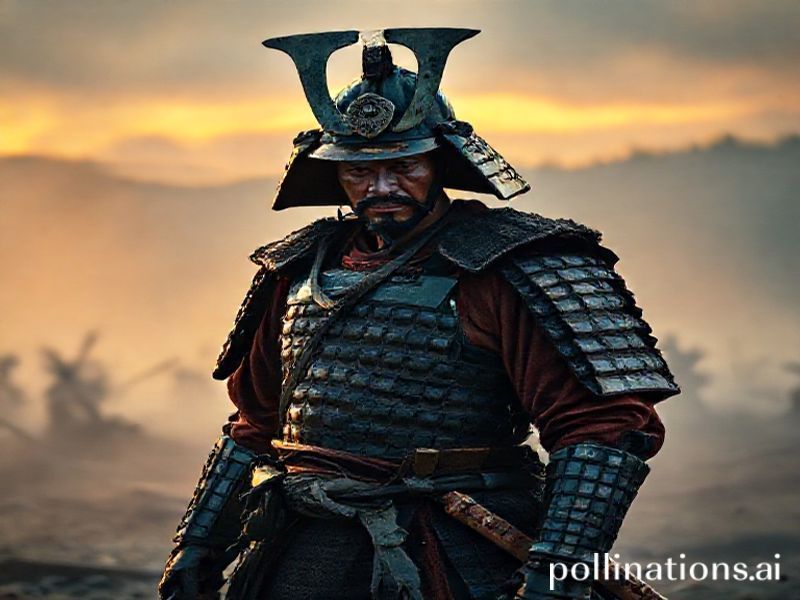The Last Samurai Standing: Why the World Can’t Stop Meme-ing This Iconic Tom Cruise Pose
# The Last Samurai Standing: Why the World Can’t Stop Talking About This Trend
In the vast, ever-shifting landscape of internet culture, trends come and go faster than you can say “viral.” But every now and then, something captures the global imagination in a way that transcends borders, languages, and even meme formats. Enter: “The Last Samurai Standing.”
### The Rise of the Last Samurai
So, what exactly is “The Last Samurai Standing”? At its core, it’s a meme format that’s taken the internet by storm. It features a still image from the 2003 film “The Last Samurai,” starring Tom Cruise, in which he portrays a disillusioned American military advisor who becomes involved in the samurai rebellion against the modernization of Japan. The meme typically shows Cruise’s character, Nathan Algren, in a stoic pose, often with a caption that humorously juxtaposes his serious demeanor with relatable, often mundane situations.
The trend gained traction on platforms like TikTok, Instagram, and Twitter, where users have creatively adapted the format to fit a wide range of scenarios. From “me trying to explain my job to my parents” to “me waiting for my coffee to brew,” the meme has become a versatile tool for expressing the universal human experience.
### Cultural Context
The resurgence of interest in “The Last Samurai” meme can be attributed to several factors. Firstly, the film itself has a cult following, and the character of Nathan Algren is iconic in his own right. His stoic, almost otherworldly presence makes him the perfect canvas for a wide range of captions.
Secondly, the meme taps into a broader cultural fascination with samurai and their code of honor, bushido. The samurai have long been a source of inspiration in Western media, from Akira Kurosawa’s films to video games like “Ghost of Tsushima.” The meme format allows users to play with these cultural references in a way that’s both humorous and nostalgic.
### Social Impact
The “Last Samurai Standing” meme has had a significant social impact, bringing people together through shared laughter and relatability. In a world that often feels divided, the meme serves as a unifying force, reminding us that we all face similar struggles and can find humor in them.
Moreover, the meme has sparked a renewed interest in the film itself, leading to a surge in streaming numbers and discussions about the movie’s themes and performances. It’s a testament to the power of internet culture to revive and recontextualize older media.
### Why It’s Significant
The significance of the “Last Samurai Standing” meme lies in its ability to capture the zeitgeist of the moment. It’s a perfect storm of nostalgia, relatability, and humor, all wrapped up in a visually striking format. The meme’s versatility allows it to be adapted to almost any situation, making it a go-to choice for internet users looking to express themselves in a creative and engaging way.
Furthermore, the meme highlights the role of internet culture in shaping global trends. What starts as a simple joke on one platform can quickly spread to others, transcending linguistic and cultural barriers. The “Last Samurai Standing” meme is a prime example of how the internet can bring people together, fostering a sense of community and shared experience.
### Conclusion
In the ever-evolving world of internet culture, the “Last Samurai Standing” meme stands out as a beacon of creativity and relatability. It’s a testament to the power of humor and nostalgia to bring people together, reminding us that, despite our differences, we all share similar experiences and struggles. As the meme continues to evolve and adapt, it’s clear that the last samurai standing is here to stay, at least for now.
So, the next time you find yourself in a situation that calls for a bit of stoic, samurai-inspired humor, remember: the last samurai standing is always there to lend a hand, or at least a meme-worthy pose.







